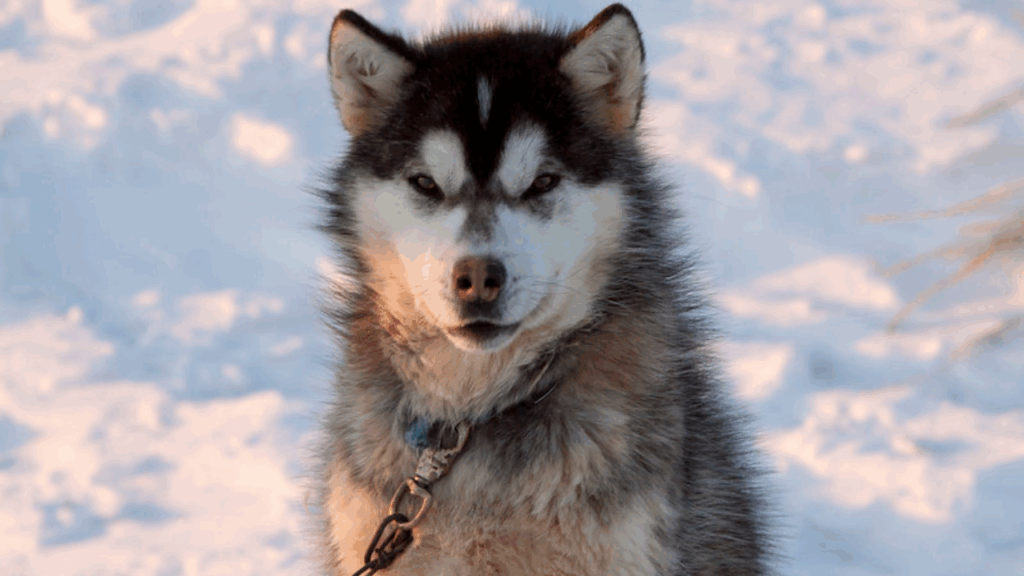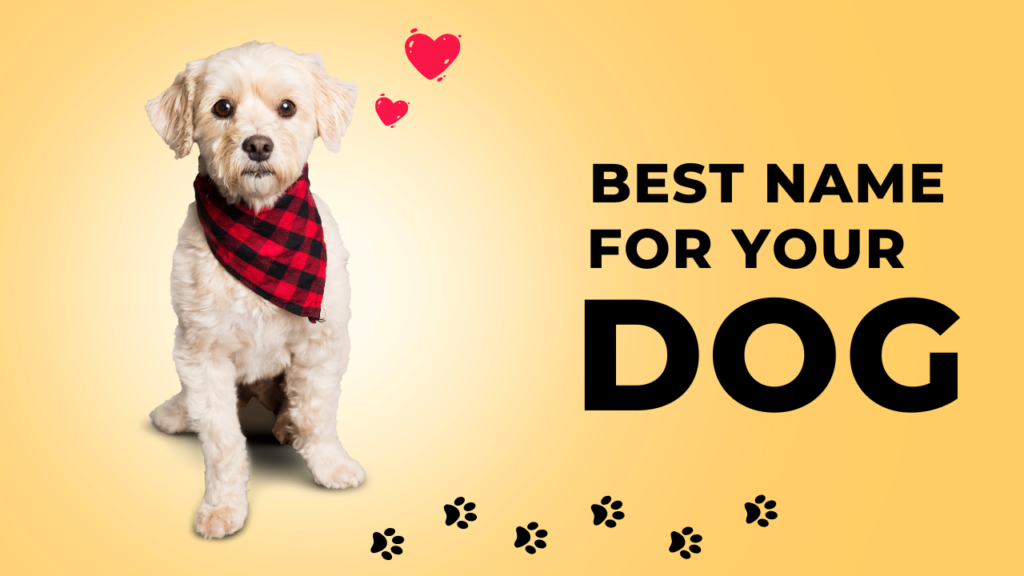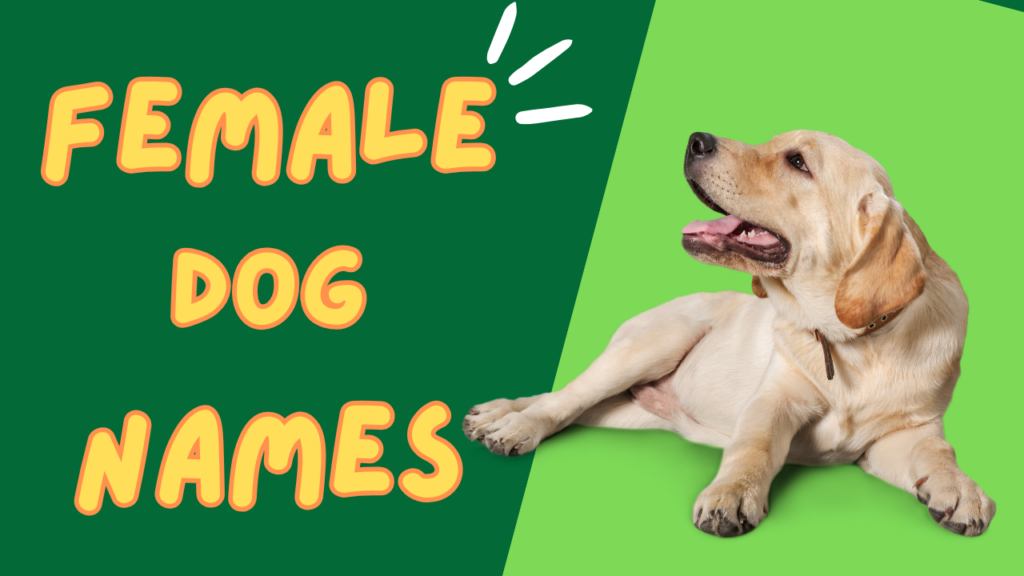The Canadian Eskimo Dog, also known as the Canadian Inuit Dog, is a large, strong, and resilient breed that has been an essential part of Arctic life for centuries. This hardworking dog has been used by the indigenous Inuit people of Canada for a variety of tasks, primarily as a sled dog. With its incredible stamina, intelligence, and independence, the Canadian Eskimo Dog is built to thrive in harsh, cold climates. Today, it remains a symbol of the rugged endurance and spirit of the Canadian Arctic.
Origins and History
The history of the Canadian Eskimo Dog dates back thousands of years to the indigenous peoples of the Arctic regions of Canada. The breed was originally developed by the Inuit people, who relied on these dogs for transportation, hunting, and guarding. These dogs were bred for their strength, endurance, and ability to work in extreme conditions, making them indispensable to the Inuit’s survival in one of the harshest environments on Earth.
These dogs were integral to the survival of Arctic communities, helping to pull sleds across the snow, carry supplies, and even assist in hunting by tracking and retrieving game. They also served as loyal companions, providing warmth and protection during long, bitterly cold winters.
The breed almost faced extinction in the 20th century, as modern transportation methods like snowmobiles began to replace traditional dog sled teams. However, the Canadian Eskimo Dog has made a significant comeback in recent decades, thanks to dedicated breeders and enthusiasts who sought to preserve this historic breed.
Physical Characteristics
The Canadian Eskimo Dog is a powerful and imposing breed, characterized by its dense coat, strong build, and striking appearance. It is well-suited for the extreme cold of the Arctic and is built for stamina rather than speed.
Key features:
- Height: Males typically stand between 24 and 28 inches (61–71 cm), while females are slightly smaller, ranging from 22 to 26 inches (56–66 cm).
- Weight: They weigh between 75 to 110 pounds (34–50 kg), with males generally being larger and more robust.
- Coat: The thick double coat is one of the breed’s most distinctive features. The outer coat is dense, coarse, and weather-resistant, while the undercoat is soft and insulating. The coat helps to protect the dog from freezing temperatures and harsh winds.
- Color: The coat can come in various colors, including black, brown, grey, and white. Many dogs have a mix of these colors, and some may have distinctive markings on the face, such as a mask or a blaze.
- Eyes: They typically have almond-shaped, deep-set eyes that can be brown or blue, depending on the individual.
- Tail: The tail is thick, bushy, and curls over the dog’s back, providing further insulation against the cold.
Overall, the Canadian Eskimo Dog’s appearance conveys strength and endurance. It has a robust and muscular body that is well-suited for pulling heavy loads over long distances in freezing conditions.
Temperament and Personality
Canadian Eskimo Dogs are known for their intelligence, loyalty, and independence. While they are affectionate and devoted to their families, they are also highly independent, a trait that stems from their history as working dogs. They can be somewhat aloof with strangers but are generally very loyal and protective of their loved ones.
Personality traits:
- Loyal and Protective: Canadian Eskimo Dogs are deeply bonded with their families and are known to be excellent guard dogs. Their protective nature makes them an ideal choice for families looking for a watchdog.
- Independent and Strong-Willed: These dogs were bred to work independently in harsh environments, which means they may sometimes display a stubborn streak. While they are intelligent and capable of learning commands, they require an experienced owner who can provide firm, consistent training.
- Affectionate and Gentle: Despite their independent nature, Canadian Eskimo Dogs are affectionate with their families, particularly when they form strong bonds. They are usually good with children and enjoy spending time with their family members.
- Energetic and Playful: As working dogs, Canadian Eskimo Dogs are highly energetic and require plenty of exercise and stimulation. They enjoy playtime, particularly activities like running, hiking, and swimming. They thrive in active households where they can get plenty of outdoor time.
Their strong instinct to work means that they often enjoy being given tasks and challenges. They excel at activities like sledding, agility, and obedience training, though they may need a patient handler who understands their independent nature.
Exercise and Training Needs
Given their history as sled dogs, Canadian Eskimo Dogs are incredibly active and need a lot of exercise to remain healthy and happy. They require daily outdoor activities such as long walks, hikes, or runs. Without proper exercise, they can become bored, which may lead to destructive behavior.
Exercise needs:
- Daily walks: They need at least an hour of exercise per day to stay fit and healthy.
- Mental stimulation: As intelligent dogs, Canadian Eskimo Dogs require mental challenges, such as puzzle toys or training sessions, to keep their minds engaged.
- High-intensity activities: Activities like pulling sleds, weight pulling, or participating in agility courses can help channel their energy in productive ways.
Training a Canadian Eskimo Dog requires patience and consistency. They are intelligent but independent, meaning they may not always respond to commands immediately. Positive reinforcement methods, such as treats and praise, work best. Early socialization is important to ensure they grow up to be well-rounded dogs, especially in terms of their behavior around strangers and other pets.
Grooming and Care
Due to their thick double coat, Canadian Eskimo Dogs require regular grooming to keep their fur in good condition. They shed heavily, particularly during seasonal changes, so regular brushing is necessary to prevent mats and tangles.
Grooming tips:
- Brushing: Brush their coat at least two to three times a week to remove loose hair and prevent matting. During shedding season, more frequent brushing may be necessary.
- Bathing: Bathe your dog as needed, but avoid over-bathing, as it can strip their coat of essential oils.
- Ear and eye care: Check their ears regularly for dirt or infections, as their thick fur can trap moisture. Also, wipe their eyes to prevent any discharge from building up.
- Nail trimming: Regular nail trims are essential to prevent discomfort and potential injury.
Health and Lifespan
The Canadian Eskimo Dog is generally a healthy breed with a lifespan of 12–15 years. However, they can be prone to certain health conditions, including:
- Hip Dysplasia: A common condition in large breeds where the hip joint doesn’t develop properly, leading to arthritis and pain.
- Progressive Retinal Atrophy (PRA): A genetic condition that leads to vision loss over time.
- Hypothyroidism: A condition where the thyroid gland doesn’t produce enough hormones, leading to weight gain, lethargy, and skin problems.
Regular veterinary check-ups and a healthy diet can help manage and prevent some of these conditions. Keeping your dog at a healthy weight and providing them with regular exercise can also reduce the risk of joint problems like hip dysplasia.
Conclusion
The Canadian Eskimo Dog is a powerful and loyal breed that thrives in active households. With its rich history as a working dog, this breed has proven itself to be an invaluable companion in the harshest of conditions. While they require significant exercise and training, they are incredibly rewarding pets for those who can meet their needs. If you’re looking for a strong, intelligent, and loyal dog that will work hard for you, the Canadian Eskimo Dog may be the perfect fit.



